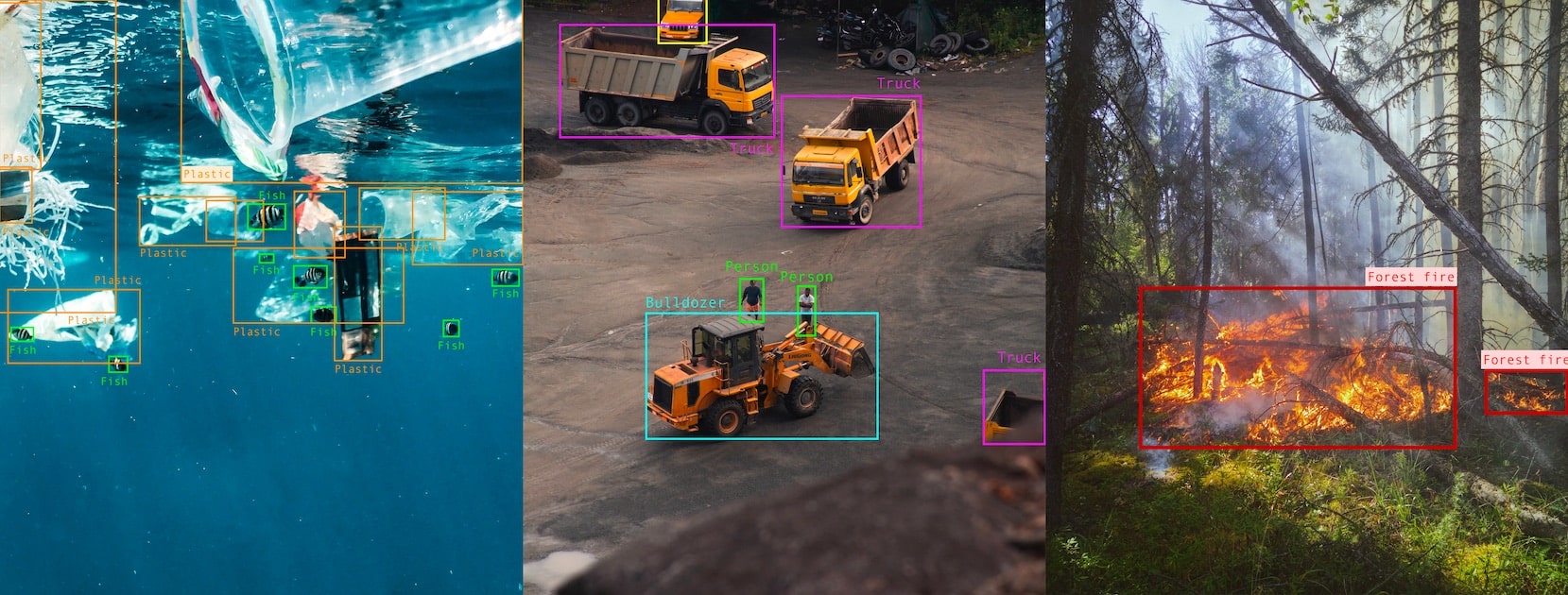Data labeling is the process of adding meaningful and informative labels to raw unstructured data (e.g. images, text files, videos, etc.) to provide context so that a machine learning model can learn from it.
Data labeling is a crucial step in the machine learning workflow, as it helps to ensure that the model is able to learn from the data and make accurate predictions. Without proper data labeling, machine learning models may not perform as well or may make incorrect predictions. As such, data labeling is an essential part of the machine learning process and requires careful attention and effort to ensure that the labeled data is of high quality.
Data Types
Data types refer to the format and nature of the data being labeled. In the context of data labeling for machine learning, we can categorize data into various types, such as:
- Text Data: Includes text documents, social media posts, emails, articles, etc.
- Image Data: Comprises visual content in the form of images or frames from videos.
- Audio Data: Includes audio recordings, music, speech, etc.
- Video Data: Consists of sequential frames that form videos.
- Sensor Data: Data collected from various sensors, such as temperature sensors, GPS, accelerometers, etc.
- Point Cloud Data: Discrete set of data points in space. The points may represent a 3D shape or object, each point position has its set of Cartesian coordinates (X, Y, Z).
- Volumetric or 3D Data: Refers to data that represents three-dimensional objects and structures. It can include volumetric data from medical imaging like MRI or CT scans, and 3D models.
Labeling takes on various forms based on its context. It serves a crucial role across multiple domains such as computer vision, natural language processing (NLP), and audio processing. The type of label will depend both on the type of data and on the information we want to extract. For example, data labels can include assigning class labels to data points, drawing bounding boxes around objects of interest in images, or identifying and classifying named entities in text.
That is just scratching the surface of what data labeling is and what it can offer. If you want to deepen your understanding, do not hesitate to take a look at the importance of data annotation services!
Synonyms: Data tagging; Data annotation
